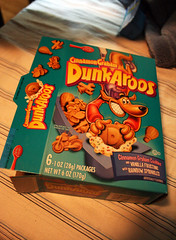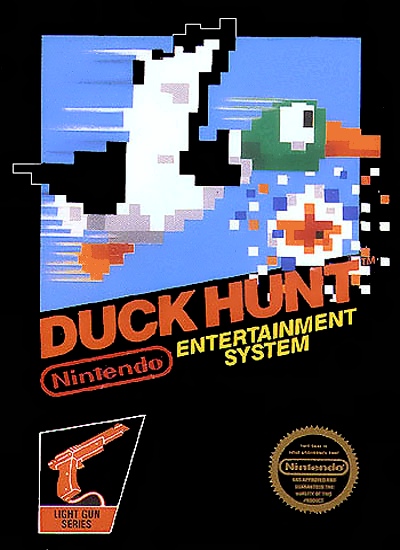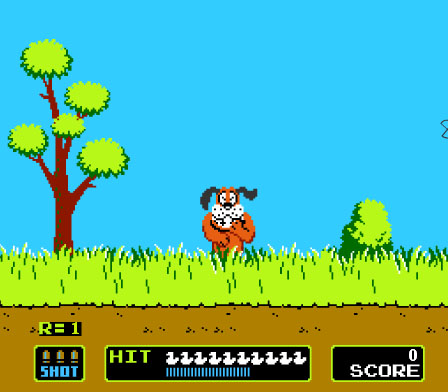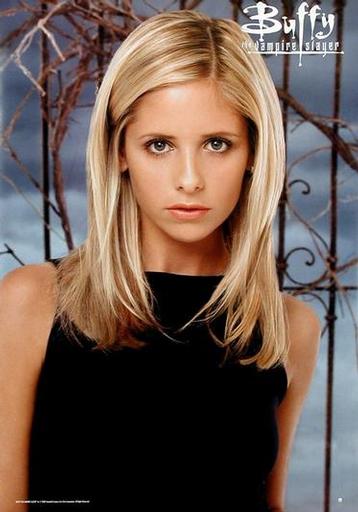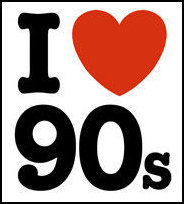
If you’re in the market for some new potentially embarrassing musical material to get you through a mind-numbingly dull road trip or your daily shower singing session, look no further than the 90s’ collection of powerful Disney ballads. These songs are just begging to be sung by warblingly off-key amateurs; sure, Disney ballads are impressive in their original form performed by respected industry favorites, but they’re that much more fun when butchered by passionate novices.At least that’s how I see it. My former roommates who had to endure those strained high notes emanating from our shared bathroom’s shower--well, they may not feel quite the same way. Sorry, guys.
So next time you’re looking to belt one out, consider partaking in one of these delightfully cheesy Disney power ballads from the 90s. It certainly won’t earn you any street credibility at the local karaoke bar, but it will leave you with a satisfying blend of nostalgia and sore vocal chords. If you’re ready to make that sort of sacrifice in the name of musical animated classics, here are Children of the 90s’ recommendations for either most inspiring or most painful--depending on your level of vocal expertise. Oh, and wherever available I stuck in some videos with lyrics to facilitate your sing-alongs. You’re welcome.
Whole New World (Aladdin)
What would Aladdin and Jasmine’s magic carpet ride be without this catchy duet? It really makes the moment. I do sort of like that the Wikipedia entry on the song includes its translated titles in the foreign dubbed versions. For example, the mainland China version is called, “Meet by Chance.” In France it’s “This Blue Dream.” It doesn’t have quite the same ring to my American ears. “This Bluuuuuuue Dreeeeeeeam....” Hmm. Not working for me.
Part of Your World (The Little Mermaid)
I will admit, when I look at that stuff, I do find it to be awfully neat. In fact, the collection seems to be just about complete. It just screams, “Think that Ariel is a girl who has everything!” But then I must fight my instincts and realize that the human artifacts in Ariel’s undersea cave can never equal the glory of having human legs. She may rock the shell bra, but that’s not enough to get her out there walking on one of those--what do you call it? Streeeeets.
Beauty and the Beast (Beauty and the Beast)
There’s something uniquely charming about a ballad crooned by a kindly matronly teapot. It’s just that much better when you find out that teapot is actually Angela Lansbury of Murder, She Wrote; she’s got serious cross-generational appeal. Grandparents, rejoice!
Reflection (Mulan)
You know you’re looking at a serious Disney ballad when the single version is performed by Christina Aguilera--she can really belt it out. “Reflection” has just the right balance of heartfelt emotion and grrrrl power. It’s like watching the Spice Girls rescue a puppy. Kind of. Okay, not really. You come up with a good comparison, then. Really, give it your best shot. Tough, huh?
You’ll Be In My Heart (Tarzan)
Just in case you ever wondered what it would sound like if the mastermind behind “Sussudio” recorded a heartwarming Disney ballad, here’s your opportunity to find out. Phil Collins’ “You’ll Be in My Heart” charted well on the Billboard Top 100, rising to the 21st spot--not bad for a Disney song.
Colors of the Wind (Pocahontas)
Speaking of decently-charting Disney songs, Vanessa Williams’ end-credits version of this Pocahontas ballad peaked at #4 on the US charts. It’s undeniably cheesy, but at least it has an underlying message. Well, it does if you ignore the fact that Disney completely ignored all actual historical and/or cultural elements of the real Pocahontas story in their retelling. It’s a message, sure, but probably not a historically accurate one. Oh well--at least it’s catchy.
Can You Feel the Love Tonight? (The Lion King)
Well? Can you? The falling-in-love-with-an-old-platonic-friend-in-a-matter-of-minutes montage certainly helps move things along at a steady pace. With the aid of these handy visual, you will indeed feel the love. Tonight.
Runner Up: Circle of Life. Only you can memorize the words in the intro, though. Otherwise, it’s just not worth it.
Go The Distance (Hercules)
I’m not ashamed to tell you I kind of like the Michael Bolton version that plays out the credits. Well, not that ashamed. Perhaps I should be more ashamed to admit I have the Spanish version--performed by Ricky Martin, no less--on my iPod.
God Help the Outcasts (The Hunchback of Notre Dame)
I felt compelled to include a song from all of the Disney musical animated films of the decade, but truthfully this one doesn’t pack quite the same punch as some of the others. Sorry, Esmeralda--you’re just not doing it for me here. There’s cheesy and then there’s over-the-top milking for emotional responses. Add in the Bette Midler version and it’s just too much to bear.











